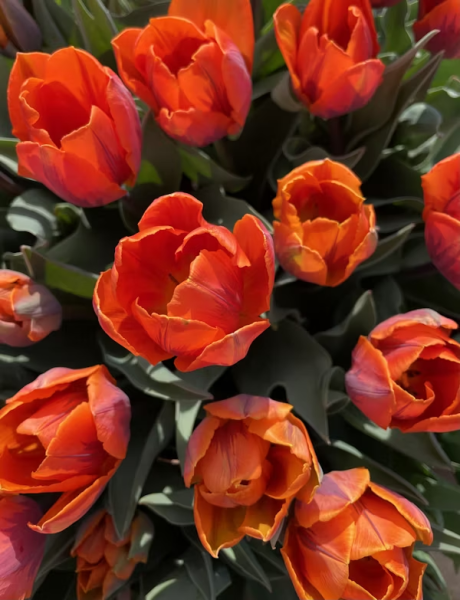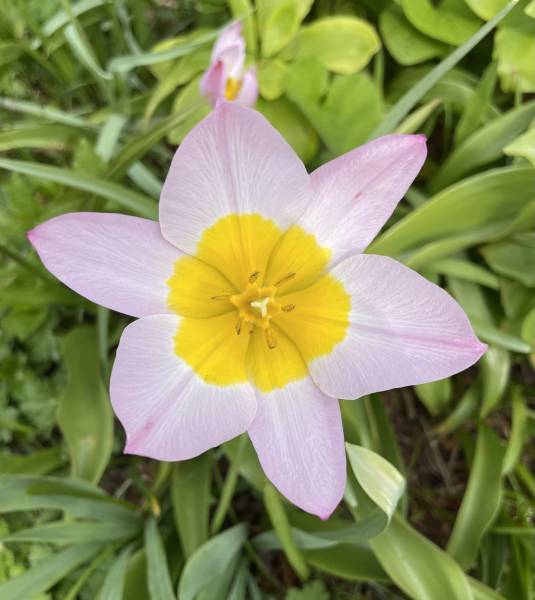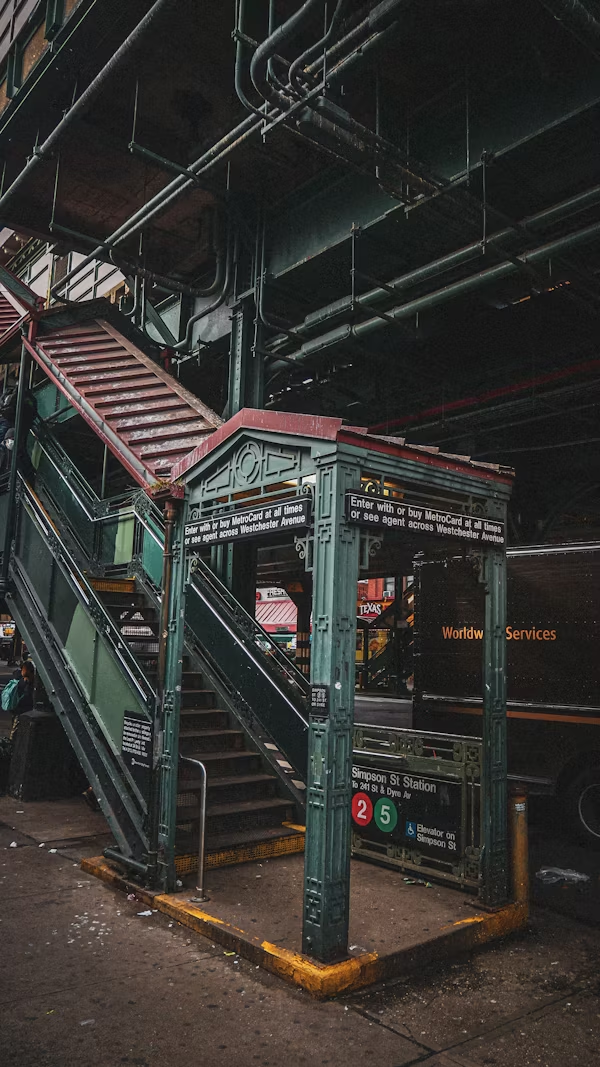What comes to mind when you think of the Bronx? Some think it’s a lawless place with crime running rampant; others don’t think very much at all, believing it’s as insignificant as Staten Island. However no matter what you think the Bronx possesses not only a rich history but incredible hidden gems.
Why isn’t the Bronx just addressed as “Bronx?” None of the other boroughs have an article in their names. What makes the Bronx so special? Manhattan comes from the Lenape word “Manna-hata;” Staten Island is an anglicization of Staaten Eylandt; Brooklyn is named after a town in the Netherlands called Breukelen; and Queens was named after Catherine of Braganza, the wife of King Charles II.
The Bronx was named after Jonas Bronck, the first European to officially settle what would become the borough. The farm he established was known as Bronck’s Land, and to the north, what is now the Bronx River, was also named after him. Later on, when New York City started to expand, it annexed the Bronx in two parts, one west of the Bronx River and another east of the Bronx River. This new borough needed a name, and they named it after a geological landmark, the Bronx River.
While Staten Island is the greenest borough, the Bronx is second. The borough is home to the biggest park in New York City, Pelham Bay Park, the New York Botanical Garden, Wave Hill, and the Bronx Zoo.
At Pelham Bay Park, there are miles of bridle paths and hiking trails, the Bartow-Pell Mansion, Orchard Beach, two golf courses, and a beautiful 13 mile coastline. Just imagine walking along the beach, feeling the sand crunch under your feet, as you see the sunset light reflecting off the water Also located in the park is the Bartow-Pell Mansion, a museum that aims to preserve one of the only 19th-century estates left in the borough.
From this mansion, you can see how the wealthy of the 19th century lived, with the rooms of the Bartow girls and the double formal parlors still preserved. There’s also the attic space where the servants resided, which in contrast to the first and second floors lacks opulence.
The New York Botanical Garden (NYBG) is 250 acres, displaying a multitude of shrubs, plants, and trees. The NYBG makes it their mission to highlight the blooming flowers with the Magnolia Collection, where 258 magnolia trees sprout pastel colors, ranging from whites to pale pinks to bold purples. During spring, the cherry blossom trees are also blooming. Unlike the magnolias, the flowers are not as varied in coloration, but still, seeing hundreds of trees blanketed with pink sway gently with the wind never gets old.
The botanical garden is also a place of education-hosting camps where kids explore the vast garden, learn about the different species of plants, and get their thumbs green. Currently closed for renovations, the Everett Children’s Adventure Garden was a place where kids could get interested in plants and receive some hands-on learning with crafts and planting some seedlings. It will reopen in the Spring of 2025 after the renovations are complete.
The NYBG is free for all Bronx residents. However, others take advantage of cheap pricing, and free.
Wave Hill is one of the Bronx’s hidden gems. Located in Riverdale, there are 28 acres of garden to explore. If you like Italian architecture, there are several pergolas available for viewing. The main pergola, at the aptly named Great Lawn, provides a view of the Hudson River and Palisades, framed by a variety of colorful plants.
There are three other pergolas at the Aquatic & Monocot Gardens, where the signature monocots (a flowering plant where the seeds contain one flowering plant) bloom. The three pergolas frame a pool full of frogs and fish, living amongst the white and yellow hardy water lilies, and the spotted yellow leichtlin’s lilies, and others that have made the body of water their home.
Just like the botanical garden, Wave Hill contains multiple gardens. One of the many is the Flower Garden. Before 1969, the Flower Garden was more of a rose garden, but recently an Arts and Crafts gardening style was applied. This Arts and Crafts style of gardening was a reaction to the overly structured and formal Victorian-era gardens, implementing an informal and natural way of planting. Instead of having different flowers sectioned off, there are various flowers within the same plots, contributing to the natural look.

(Photo Credit: RM / Unsplash)
Wave Hill’s application of the Arts and Crafts gardening style is very apparent, with each planting bed having its own subtle color theme, with annuals (a flower that completes its life cycle within one growing season), shrubs, and perennials (a plant that lives for more than two years) occupying the same spaces.

The Bronx is home to many plant species, and it is also home to many animal species as well.
The Bronx Zoo is one of the most popular zoos in the U.S. for a reason. There are 6,000 species to view and learn about. There are animals everyone’s heard of located in exhibits like Tiger Mountain where the endangered Siberian/Amur and Malayan tigers are housed, and more exotic animals like the Waldrapp Ibis and Tapir in the Jungle World exhibit.
Despite all of these hidden gems, the Bronx is not able to shake off its reputation, a reputation that was solidified in the 1970s and 80s.
In the 1970s, the Bronx was saddled with the phrase, “The Bronx is burning.” While that phrase seems exaggerated, the truth was that the Bronx was really afflicted with arson at the time. According to the Decade of Fire, a PBS documentary, 80% of housing was lost to fire, and 250,000 people were displaced.
President Jimmy Carter even visited the borough in 1977 and said, “It was a very sobering trip for me to see the devastation that has taken place in the South Bronx in the last five years.” Three years later, President Ronald Reagan also toured the same exact street as Carter, stating that he had not “seen anything that looked like this since London after the Blitz.” These stunning endorsements of the borough created an image in the American consciousness, an image still persisting today, an image of an impoverished and crime-ridden county.
Darwin Juca ’24, a resident of the Parkchester neighborhood in the Bronx said, in reference to what people think about him living in the Bronx, said, “They think that I experience gang activity everyday… Generally, people think I live in the midst of pandemonium.”
Brad Medina Bravo ‘25, noted, “ I perceive the Bronx as a culturally diverse place but at the same time unified, a place that is often perceived as violent and unpredictable to outsiders but one that is simultaneously perceived as respectful and known to the residents. It’s a place we know as home and a place where not only we, but all our memories, childhood, friends, and experiences reside. It is the only place that I, and many, have known as home. Viva la Bronx!”
For more recommendations of hidden gems, there’s St. James Park, which Medina Bravo describes as, “ a location where various people, cultures, sports, and events are all condensed within one living space. In each section of this large park, there is something different going on. There is a soccer pitch, a basketball court, a tennis court where people may also play volleyball, and a strange spot diverged by a wall that people use for a range of sports whether it is soccer, badminton, or volleyball. There is also a dog park, a playground, and a bunch of spots full of grass where birthday parties and just parties in general are held.”
All boroughs have stereotypes associated with each other, and New Yorkers constantly tease each other over where they live, but it’s tiring for everyone to assume that you’re poor or you experience crime just because of where you live. Broaden your horizons, go to a new place you’ve never been, and try to get rid of preconceived notions that you have.
Brad Medina Bravo ‘25, noted, “ I perceive the Bronx as a culturally diverse place but at the same time unified, a place that is often perceived as violent and unpredictable to outsiders but one that is simultaneously perceived as respectful and known to the residents. It’s a place we know as home and a place where not only we, but all our memories, childhood, friends, and experiences reside. It is the only place that I, and many, have known as home. Viva la Bronx!”

